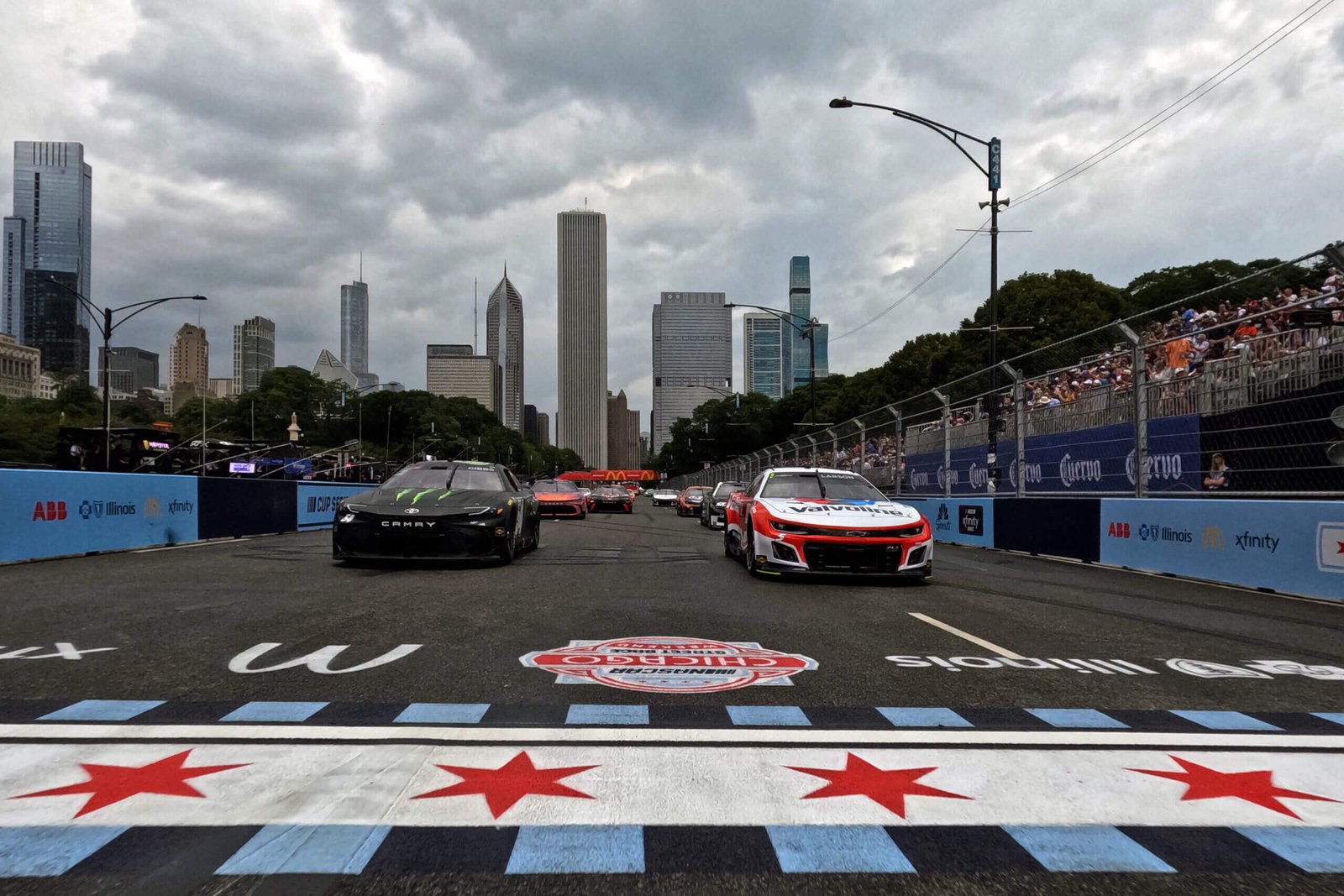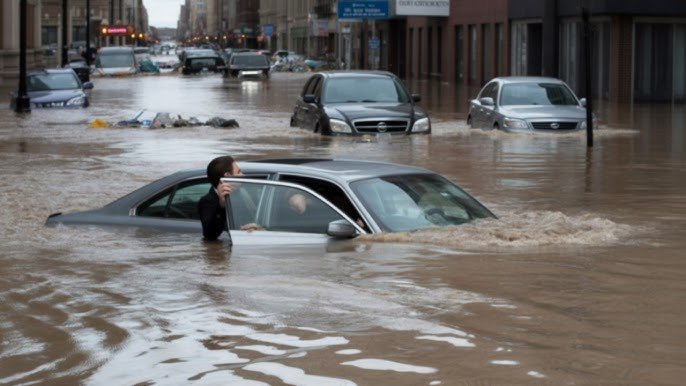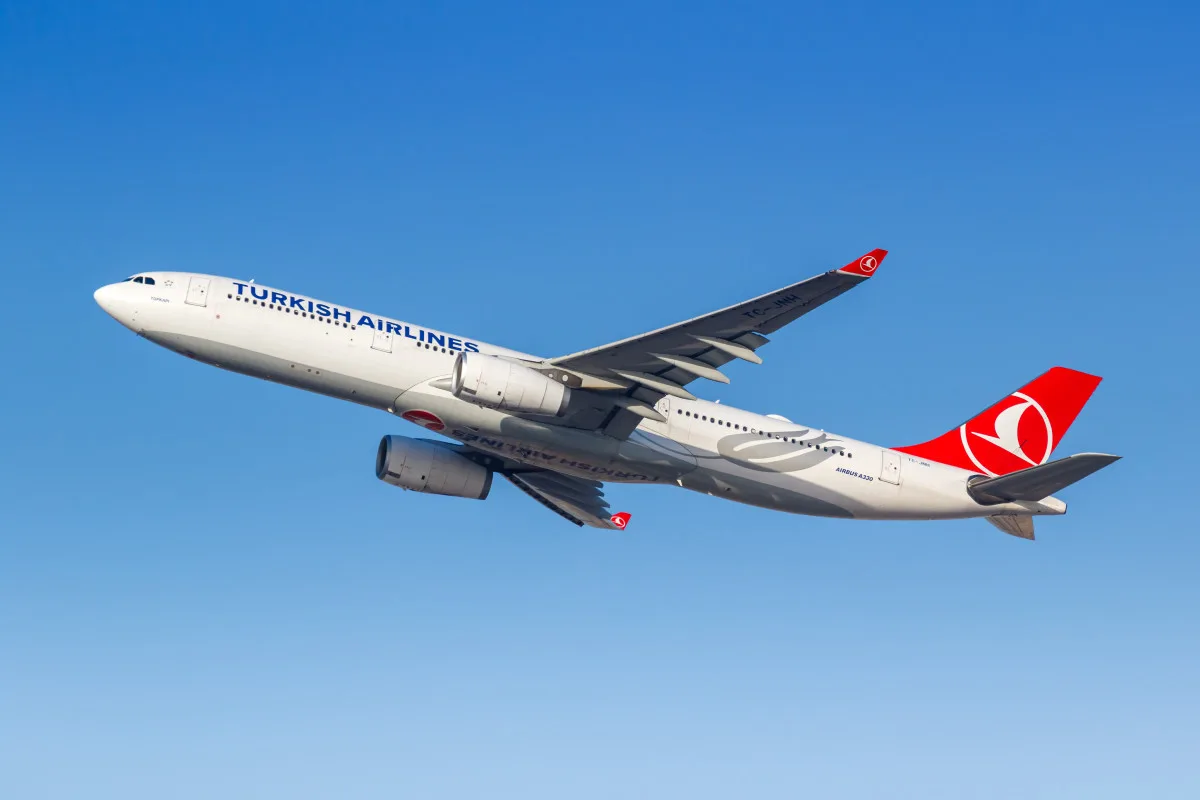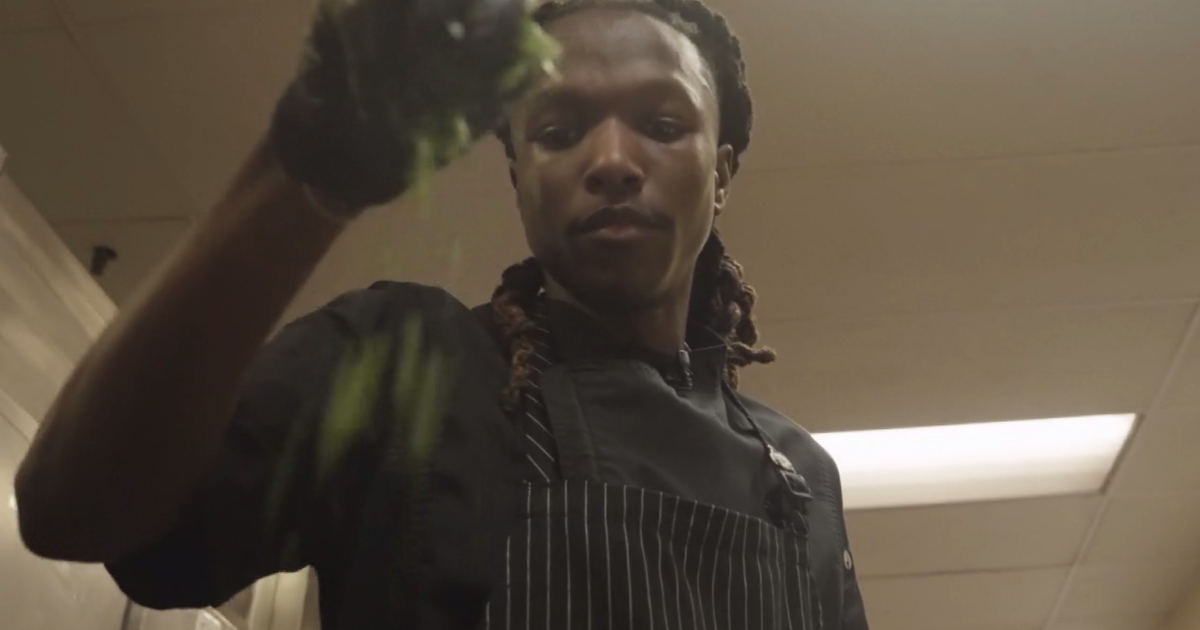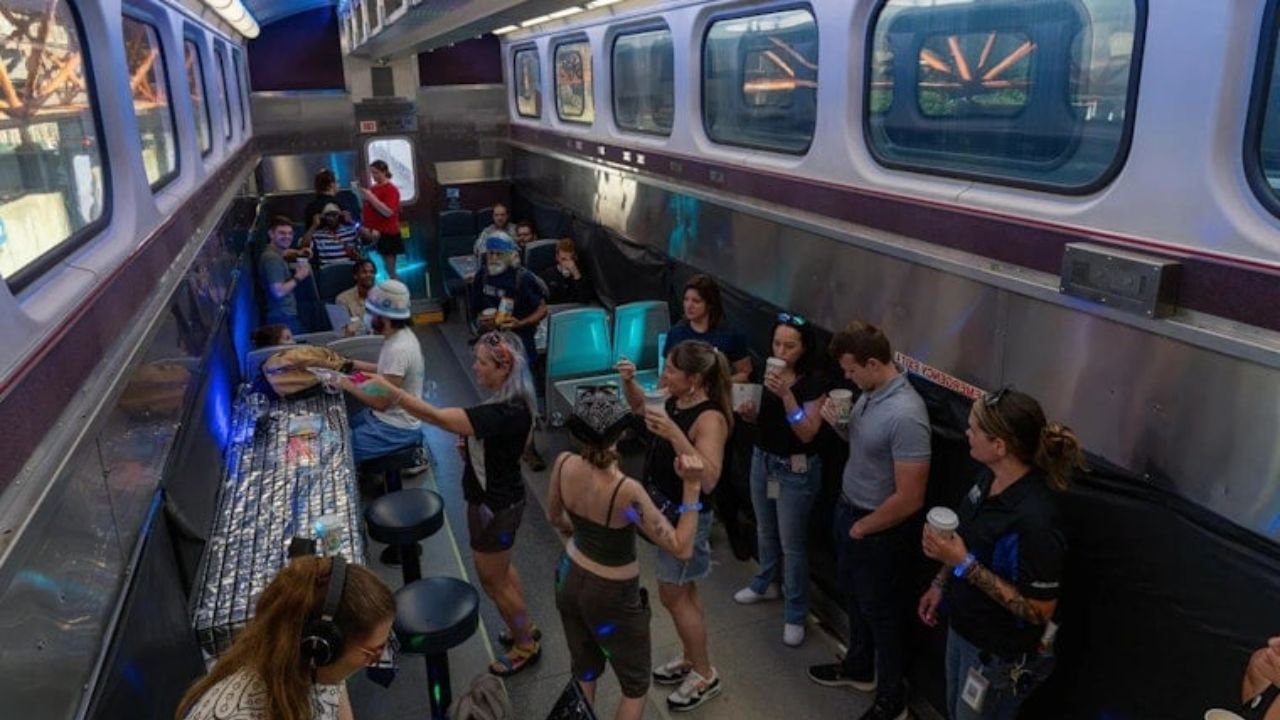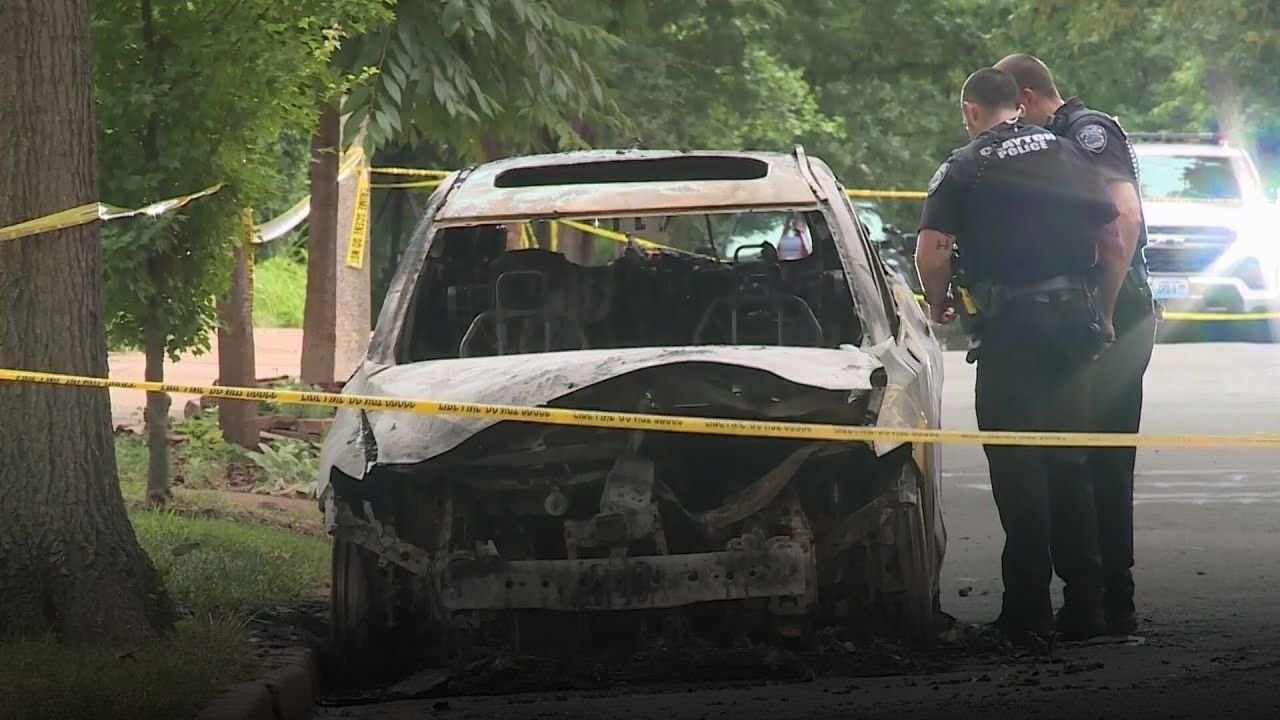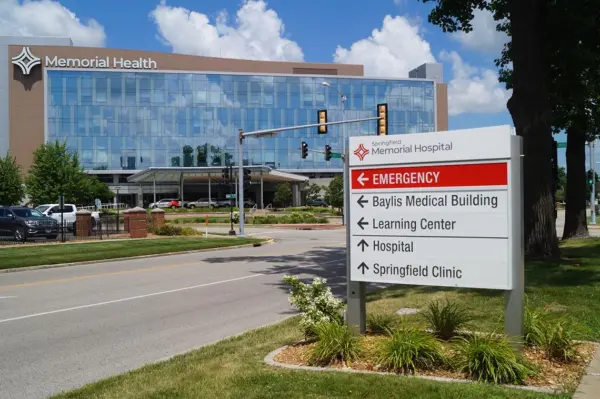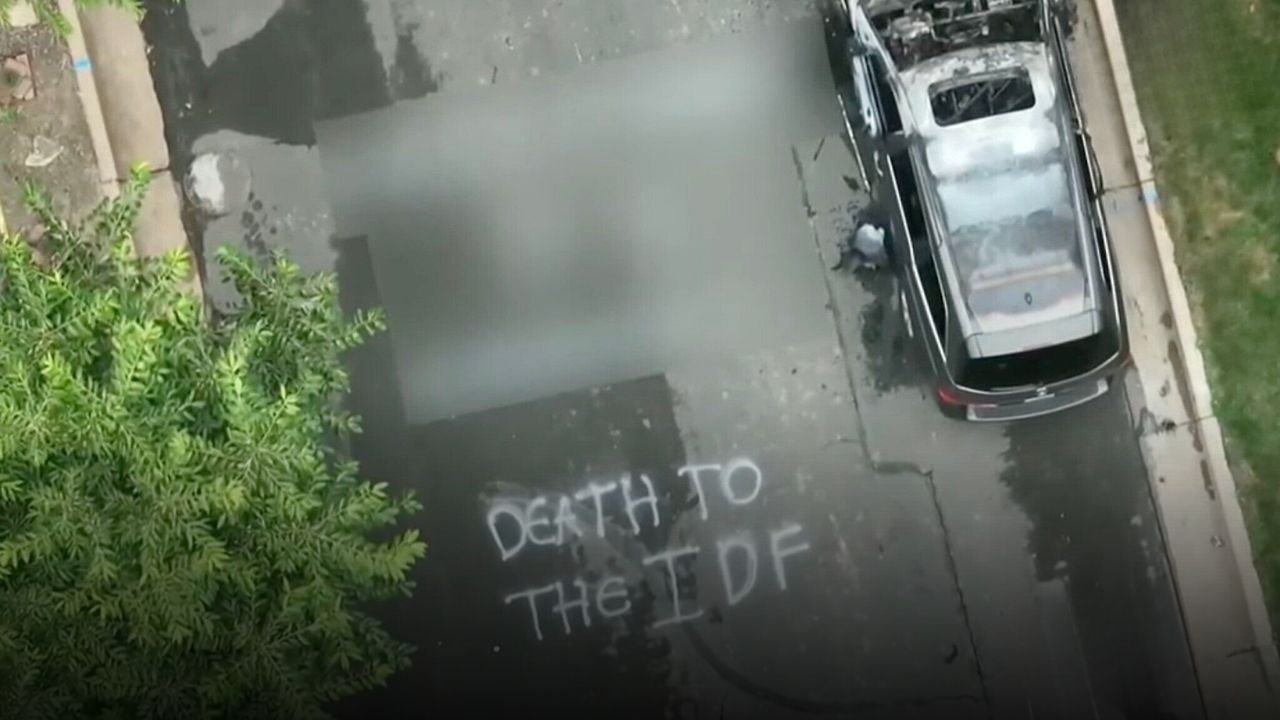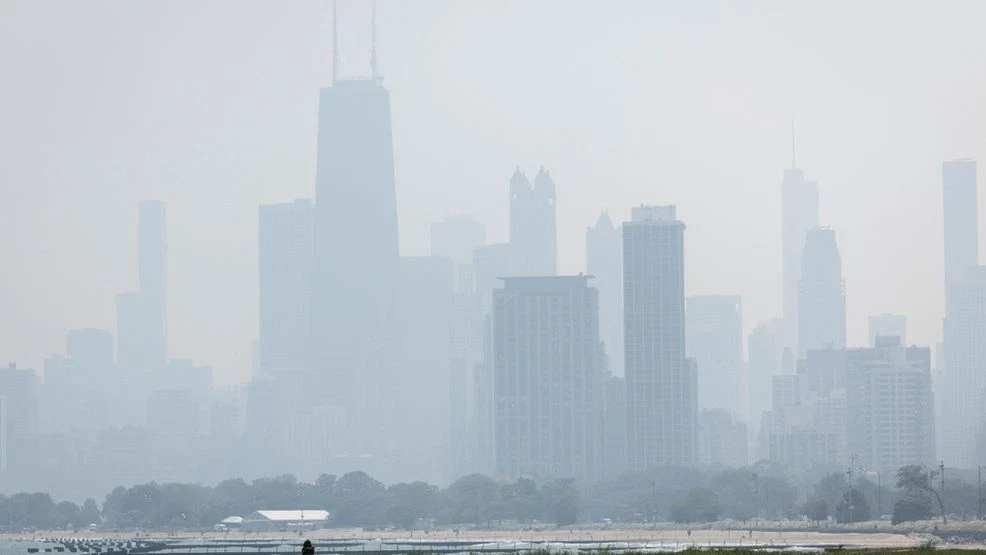CHICAGO — As the NASCAR Chicago Street Race gears up for another summer lap through Grant Park, fans and city residents alike are wondering: will this be the final round?
After two years of gritty spectacle and logistical hurdles — from wildfire haze and rain delays to the unavoidable backlash of prolonged road closures — the race has become both a celebration of motorsports and a controversial presence in Chicago’s urban core.
A Race Like No Other — With a City Like No Other
Despite the weather and neighborhood tension, NASCAR’s Chicago Street Race stands out for its unique setting. Unlike traditional tracks, the Grant Park layout blends high-speed turns with the iconic city skyline.
From sleek, sponsor-wrapped stock cars racing past landmarks to aerial TV shots highlighting the Loop, the event showcases Chicago in ways even the NFL and MLB cannot. This bold presentation, as explained in the Chicago Tribune column by Edward Keegan, turns the event into both a sport and a tourism ad.
Chicago’s Deep Roots in Auto Racing
Chicago’s love affair with racing goes far beyond NASCAR. The first U.S. automobile race ran from Jackson Park to Evanston in 1895 — partially along today’s NASCAR street course. From Soldier Field events in the mid-20th century to the short-lived Chicago Motor Speedway in Cicero, motorsports have long been part of the city’s legacy.
Yet, none had the dramatic city-as-backdrop staging like the NASCAR Street Race offers now. Buildings like the Spertus Institute and the Johnson Publishing Company, framed by roaring engines, make for an architectural and automotive feast.
Not Just About Racing — It’s About Optics
Much of NASCAR’s appeal in Chicago hinges on how it looks. The race isn’t just about track performance — it’s about cinematic views of Michigan Avenue, tight turns past Congress Plaza, and bumper-to-bumper action along DuSable Lake Shore Drive.
While narrow road segments pose challenges, viewers get an intense close-up of the skill it takes to control these loud, gritty stock cars. And unlike Formula 1, NASCAR’s forgiving bump-and-go style means fewer race-stopping crashes and more continuous drama.
A Safe, Entertaining Track — But For How Long?
Keegan notes that Chicago’s track has surprisingly turned out to be both fun to watch and relatively safe. Its elevation changes and semicircular turns force drivers to push their limits, delighting spectators who line the streets.
Still, the fate of the race hangs in the balance. NASCAR’s contract with the city ends after this year’s event. While there are options to extend for two more years, reports suggest that NASCAR is already eyeing other cities — like San Diego — for future street races.
Will the Engines Roar Again in 2026?
The possibility that Chicago’s race may be replaced isn’t just speculation. NASCAR has walked away from similar nontraditional races in other cities before. Unless a new deal is struck soon, the 2025 event could be the final chapter of this bold motorsport experiment.
And if it does leave, it won’t be because the city didn’t deliver on visuals, energy, or heritage. As Keegan sums it up: the NASCAR Chicago Street Race is “a bit brash, a bit ordinary, a lot noisy and prone to wrecks” — in other words, perfectly Chicago.
Do you think NASCAR should continue racing through downtown Chicago? Share your thoughts and local experience in the comments on ChicagoSuburbanFamily.com.

